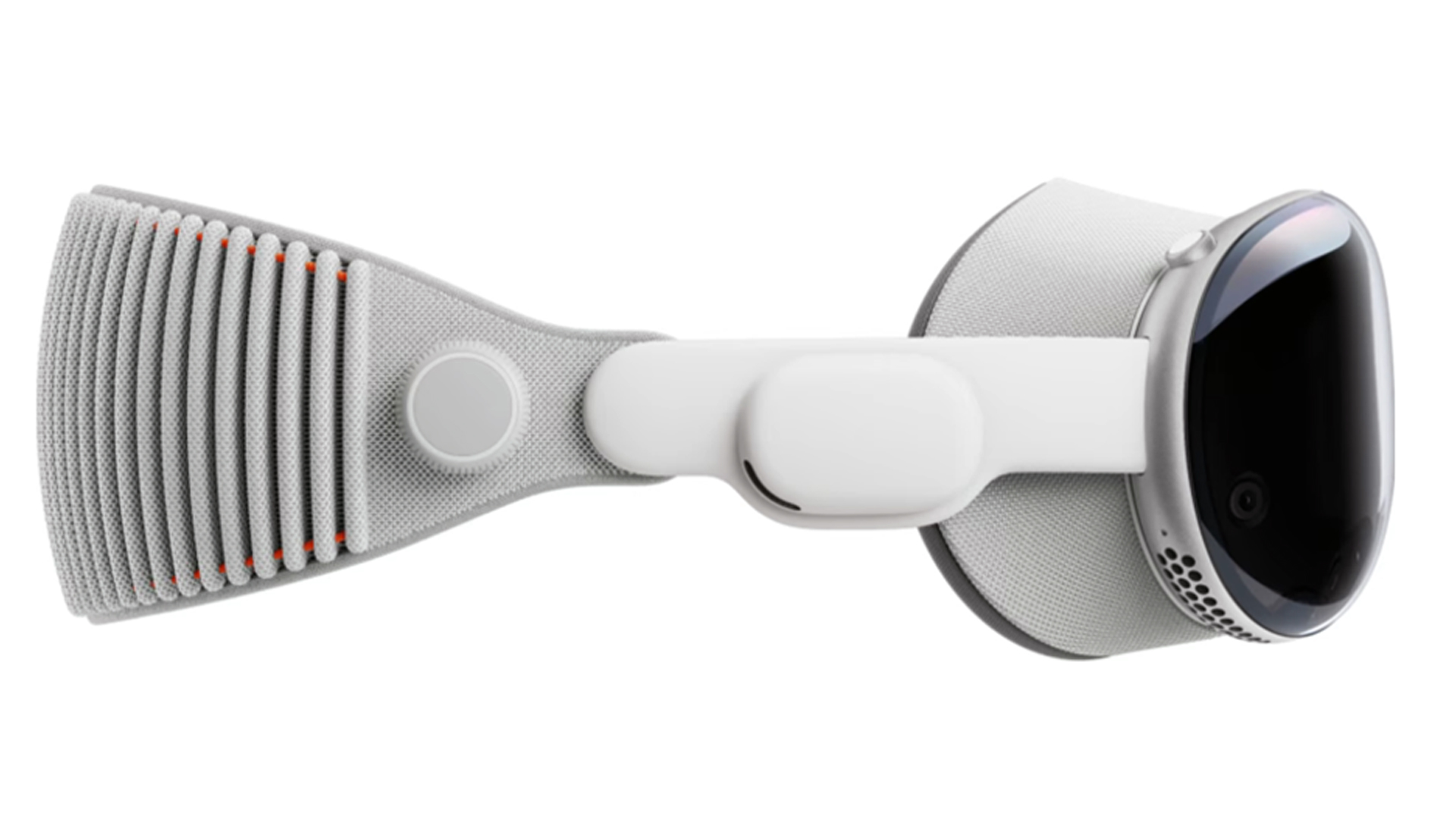In the ever-evolving landscape of technology, the introduction of the Apple Vision Pro Spatial Computing Device marks a significant milestone. This groundbreaking innovation is not just a step forward in augmented reality (AR) and virtual reality (VR); it’s a leap into the future of spatial computing. The Virtual Reality Association South Africa (VRSA) is excited to explore the capabilities of the Apple Vision Pro and its impact on various industries within South Africa. This article will delve into the features of the Apple Vision Pro, its implications for spatial computing in South Africa, and how it compares to other devices in the market.
Revolutionizing Spatial Computing
The Apple Vision Pro Spatial Computing Device redefines the boundaries between the digital and the physical world. With its advanced display technology, offering over 23 million pixels across two ultra-high-resolution displays, it delivers an immersive experience that surpasses the clarity of a 4K TV for each eye. This, combined with the device’s ability to seamlessly integrate digital content into the user’s environment, sets a new standard for mixed-reality experiences.
Key Features of the Apple Vision Pro:
- Ultra-High-Resolution Displays: Over 23 million pixels provide unparalleled visual clarity, creating a truly immersive mixed-reality experience.
- R1 Chip: Powers a virtually lag-free, real-time view of the world, blending digital content with the physical environment seamlessly.
- Spatial Audio: Creates an immersive auditory experience with sound that seems to emanate from all around the user.
- Video Passthrough Capability: Allows users to remain connected to the real world, enhancing the practicality of mixed-reality technologies.
Impact on Industries in South Africa
The introduction of the Apple Vision Pro in South Africa has the potential to revolutionize various sectors. From education to healthcare, real estate to entertainment, the possibilities are endless. Educational institutions can leverage this technology to provide immersive learning experiences, making complex subjects more accessible and engaging. In healthcare, it could transform medical training, allowing professionals to study human anatomy in 3D space. Real estate agents could offer virtual property tours, providing a new way for clients to experience properties remotely.
Comparison with Other Devices
While the Apple Vision Pro sets a high bar for spatial computing devices, it’s important to consider how it stacks up against competitors like the Oculus Quest 3. The Oculus Quest 3, known for its standalone VR capabilities, offers high-quality VR experiences without the need for a PC or console. However, the Apple Vision Pro’s focus on integrating digital content with the physical environment offers a different kind of value, particularly for professional and educational applications.
| Feature | Apple Vision Pro | Oculus Quest 3 |
|---|---|---|
| Display | Dual ultra-high-resolution displays | High-resolution display |
| Chip | Custom R1 chip | Snapdragon XR2 platform |
| Audio | Advanced spatial audio | 3D positional audio |
| Connectivity | Video passthrough | Standalone, no PC required |
| Use Case | Mixed reality experiences | Virtual reality experiences |
The Apple Vision Pro Spatial Computing Device is poised to change the way we interact with technology, blending the digital with the physical in ways previously unimaginable. Its introduction to the South African market opens up a realm of possibilities for innovation across various sectors. As the Virtual Reality Association South Africa (VRSA), we look forward to embracing these advancements and exploring how they can be utilized to enhance our lives and industries. The future of spatial computing in South Africa is bright, and the Apple Vision Pro is leading the way.
Visit https://vrsa.co.za/ for more insights and updates on how spatial computing is evolving in South Africa and how you can be a part of this technological revolution.
